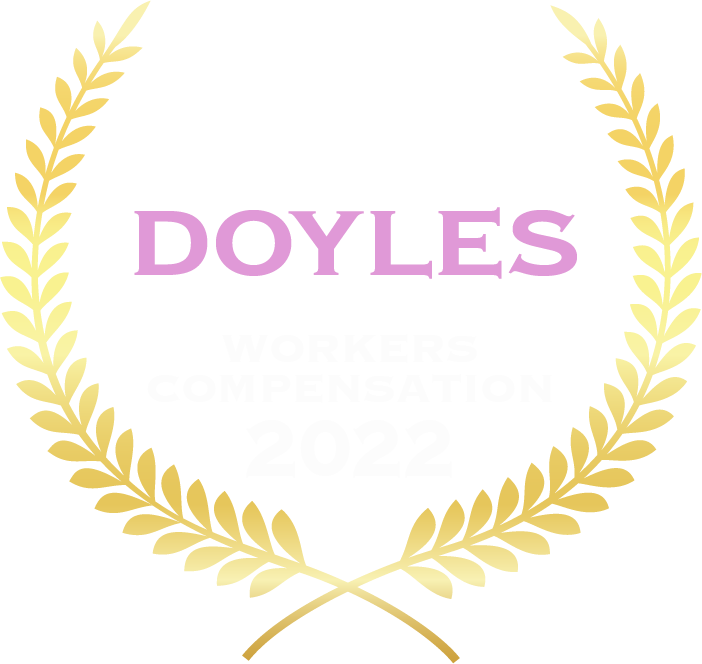Pain and suffering damages are designed to compensate individuals for their hurt and loss of enjoyment of life following an injury. Due to the individual circumstances of each case, there is no set formula by which these damages are assessed. However, a potential assessment can be drawn from other comparable cases.
An expert personal injury lawyer can help you navigate through the process and understand what you are entitled to when you have experienced pain and suffering as a result of another party’s negligence.
The Court of Appeal decision of Haden Engineering Pty Ltd v McKinnon sets out an analytical approach for assessing pain and suffering by identifying the individual’s experience of pain and the disabling effect of the pain.
Understandably, one’s experience of pain is subjective and an objective assessment of that subjective experience is required.
The following factors will be largely considered when assessing pain and suffering:
- The age of the individual;
- The “consequences” as a result of the injuries;
- The treatment undergone to mitigate the loss;
- The present treatment and medications are taken to manage the injuries;
- Medical evidence regarding the debilitating nature of the injury; and
- Any pre-existing injuries or post-event injuries.
Can you sue for pain and suffering in Victoria?
Yes, you can sue for pain and suffering provided you meet certain legal tests depending on the nature of the claim. For a work injury and transport accident, you must show that you have suffered a ‘serious injury’. For medical negligence or public liability claims, you must show that you have suffered a ‘significant injury’. These tests include a requirement to show that you have sustained a permanent injury that will have a impact on your life now and into the future.
To understand whether or not you have prospects of meeting the applicable injury tests, you should speak to an expert personal injury lawyer at Maxiom Injury Lawyers.
What is classified as pain and suffering?
Pain and suffering is classified as the adverse effects an injury has on an individual’s physical and/or psychological well-being. In particular, pain and suffering takes into account the physical and mental discomfort, emotional trauma and the adjustment of lifestyle required to live alongside the injury.
Can emotional distress be part of pain and suffering?
Yes, emotional distress can form part of a claim for pain and suffering. This can be relevant where the injury is purely psychological or in circumstances where a physical injury has resulted in a permanent psychological reaction.
How do you establish pain and suffering for emotional distress?
To prove emotional pain and suffering, you require medical evidence from a treating health professional, preferably a psychologist or psychiatrist, which details the extent of your injuries.
It is recommended that you seek professional help as soon as possible to begin to formally document your concerns for your mental wellbeing. To further substantiate your claim, it can be beneficial to have statements from family members, friends and witnesses who can attest to your suffering.
A Court will consider the following:
- Functional, cognitive and psychiatric limitations;
- Sleep difficulty;
- Restrictions with self-care;
- Restrictions with household and domestic duties;
- Impact on recreational and social activities;
- Impact on relationships and intimacy;
- Restrictions with capacity to work; and
- Inability to continue with activities that previously provided enjoyment.
What is damages for pain and suffering in Victoria?
Damages for pain and suffering is a lump sum compensation payment made in recognition of a loss of enjoyment of life suffered by an individual who has sustained a serious or significant injury. The calculation of damages takes into account what is a fair and reasonable compensation for an injury, often with reference to like cases with like injuries.
How do you calculate pain and suffering damages?
Pain and suffering damages are calculated on an individual basis and in recognition of the impact an injury has, and will continue to have, on a person’s enjoyment of life. “Pain and suffering” is one “head” of damages that is considered in a damages claim.
Recent pain and suffering damages awards
Duman v Kaini [2020] VCC 896 – A 53-year-old man involved in a transport accident developed major depressive disorder and chronic pain disorder. His condition necessitated transcranial magnetic stimulation treatment and electroconvulsive treatment. As a consequence of the accident, he developed interferences with his memory, concentration, motivation and sleep. He was awarded $300,000 for pain and suffering.
Di Pietro v Stockland Development Pty Ltd [2020] VCC 1869 –A 53-year-old worker was trimming a hedge when he stepped on a rock and fell. He sustained a serious lower back injury and underwent a microdiscectomy and laminectomy at the L5/S1 level. He was taking painkillers in the form of Tramadol, Lyrica and Ibuprofen. He was considered a stoic individual who learned to live with the pain. He was awarded $185,000 for pain and suffering.
Meech v Ballan & District Soldiers Memorial Bush Nursing Hospital & Hostel Inc [2020] VCC 854 – A 55-year-old woman slipped on a wet and slippery outdoor landing in the course of her employment. She sustained a left knee injury and subsequently underwent a total left knee replacement surgery. Her treating orthopaedic surgeon opined that the fall may have aggravated underlying arthritis. Following her injury, she had difficulty kneeling, squatting, completing household and domestic chores and a number of recreational activities. She was awarded $110,000 for pain and suffering.
When am I entitled to pain and suffering damages?
Under the WorkCover and TAC schemes, you are entitled to pain and suffering damages if you have sustained a serious injury (significant injury for public liability claims) and negligence can be attributed to another party. Talk to one of our personal injury lawyers in Melbourne today.











